I am trying to split an array of objects into sets of 3 and there is a slight problem. I run the code and it splits the first group into 2 and the rest into 3. I want the last group to have the remaining elements. So for instance if there are 21 objects then the last group should have 2 but instead the first group is the one with 2. How can I make the last group be the one with the remaining objects?
var newData = [];
var setOfThree = [];
for (i = 0; i < data.length; i++) {
setOfThree.push(data[i]);
if (i % 3 == 1) {
newData.push(setOfThree);
setOfThree = [];
}
}
So the data ends up looking like this:
